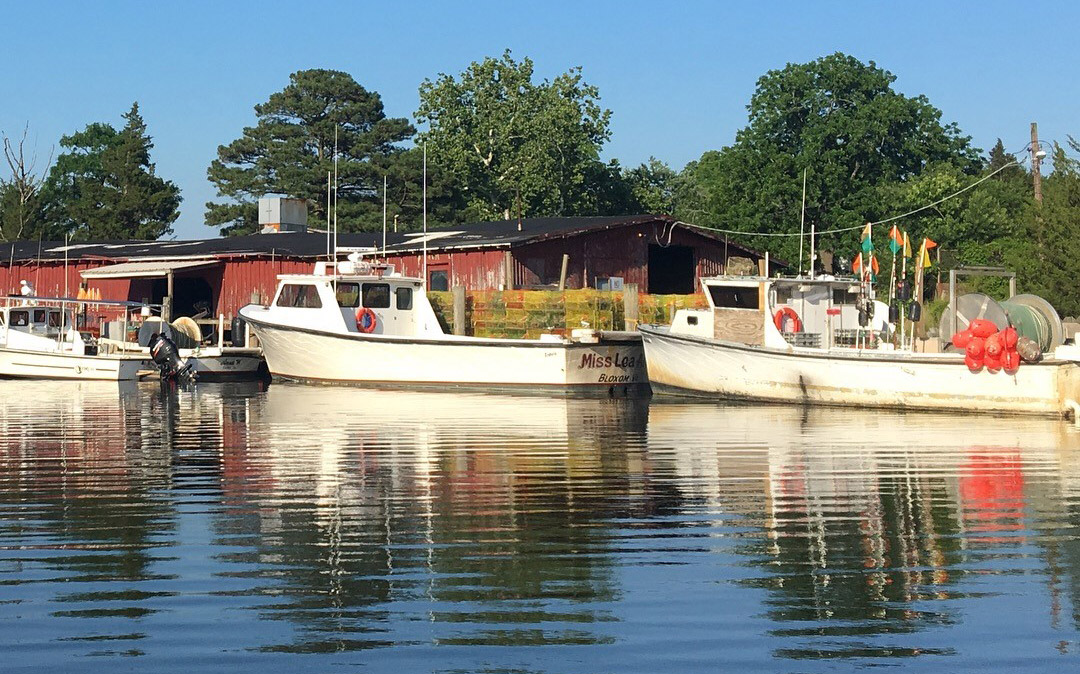Conservation is a Good Investment
By Lucius J. Kellam III
The Virginian-Pilot
Feb 11, 2018
Lucius Kellam
My family’s roots run deep and wide on the Eastern Shore and along the Chesapeake Bay. Those of us who live in this region, raise our children here and make our living here love this place, not only because it’s our home, but because it’s in us.
The Eastern Shore is embedded in our hearts and in our souls. Fortunately, the heart and soul of our home remain remarkably intact and healthy, thanks to conservation.
I’ve been proud to serve as part of the volunteer leadership of organizations such as The Nature Conservancy, the Virginia Eastern Shore Land Trust and the Chesapeake Bay Foundation, which are committed to protecting the lands and waters on which our region’s people and economy depend. And now we have learned just how valuable these protected resources are to our people and our ability to make a living.
A recent report from George Mason University’s Center for Regional Analysis and Urban Analytics measures the economic impacts of land conservation on Northampton and Accomack counties. This analysis helps us better understand the relationship between our environment and our economy.
Nature tourism, for example, generated $51 million in local spending and provided 655 jobs on the Eastern Shore in 2016. Conservation work itself accounted for more than 160 jobs and injected another $22 million into our local economy.
Another economic engine is aquaculture. This thriving industry simply could not exist without the conservation lands that filter our waters, which, in turn, provide clean growing grounds for shellfish. In 2016, our local aquaculture industry put $157 million into our economy, added $114 million to our regional gross domestic product and employed 445 local workers.
Our locally farmed shellfish, from Cherrystone Clams to Sewansecott Oysters, help make Virginia the top oyster producer on the East Coast and the top hard-clam producer in the entire nation.
A great many jobs here depend on the agriculture, aquaculture and tourism industries — all of which are sustained by land conservation and the clean water it produces. The connections between our Eastern Shore communities, our natural resources, and the abundance of our protected lands and waters are unusually clear here and exceptionally strong.
This is thanks to many conservation partners, including The Nature Conservancy, the U.S. Fish and Wildlife Service, and the commonwealth of Virginia. They have invested more than $100 million on the Eastern Shore since 1969. All told, these efforts have protected 133,000 acres of coastal and mainland habitats, including barrier islands, marshes, forests and seaside farms.
Local landowners such as my family have made their own contributions through conservation easements. Landowners and conservationists use easements to protect natural areas, open space and historic sites from unwanted development. At the same time, easements enable traditional land uses such as farming, forestry, hunting and fishing to continue for all future generations.
One of the most misunderstood aspects of conservation easements (and other conservation lands) is their effect on taxes and revenues.
First, lands with easements are taxed, and though their lowered market value does translate to marginally lower property tax assessments, they also cost less money to support with public services. For every dollar Northampton and Accomack spend annually to provide public services supporting land with conservation easements, they receive tax revenues in return of $1.15 and $2.38, respectively.
To sustain our economic vitality as we face future challenges, we need our local, county and state leaders to make informed decisions. The George Mason report bridges previous gaps in our understanding of the economic benefits of conservation. The General Assembly would be wise to heed this guidance over the coming weeks as legislators debate funding levels for land conservation.
The message is clear. If we want strong, resilient communities — and if we want jobs we can rely on for generations to come — then it’s smart, essential and urgent for us to invest more deeply in conservation.



